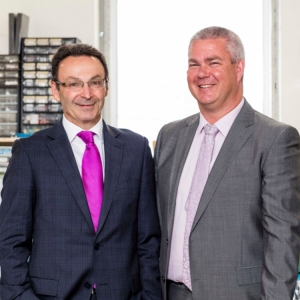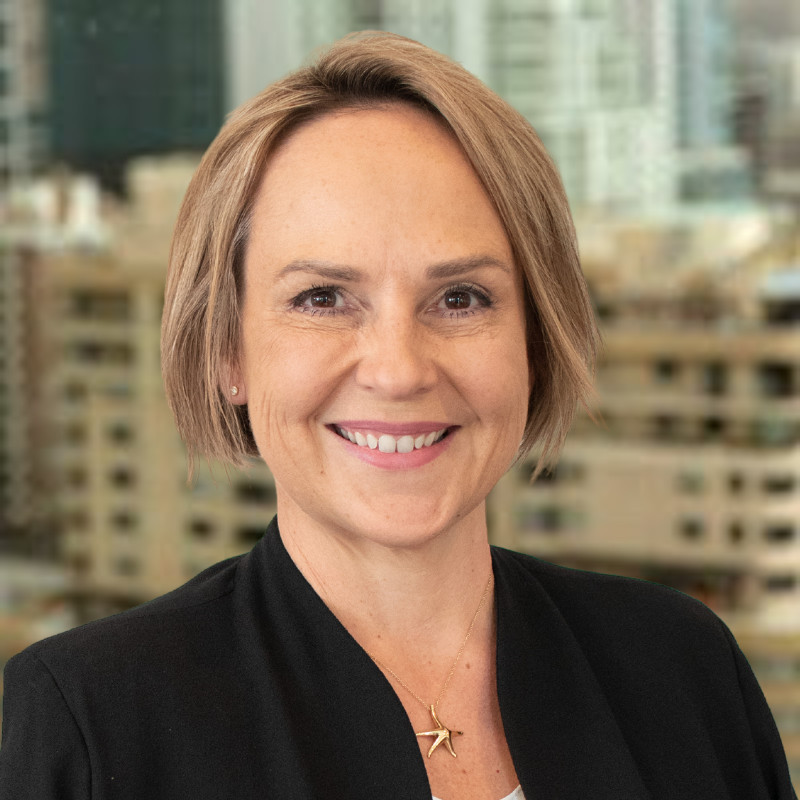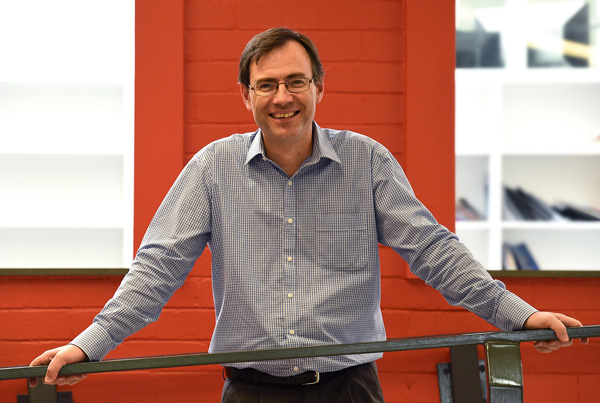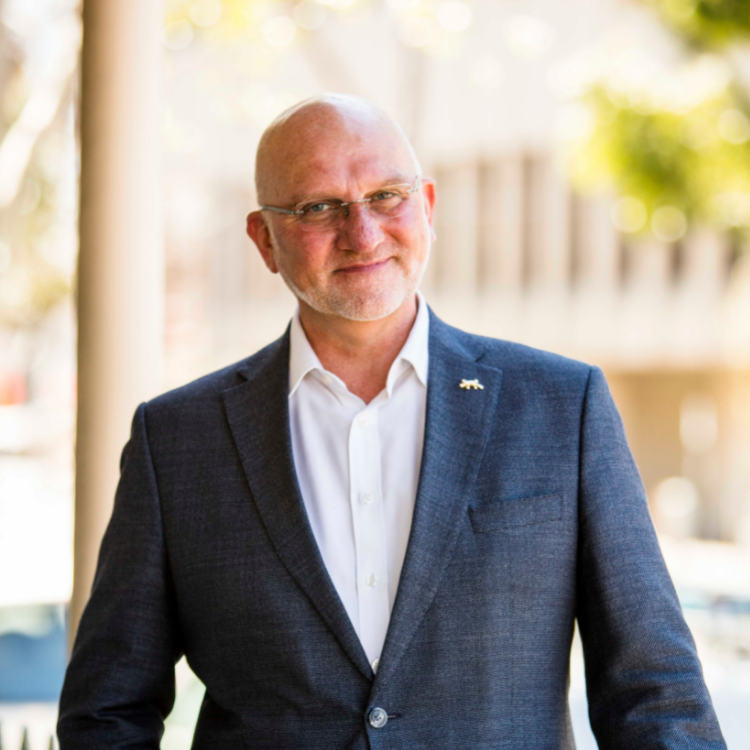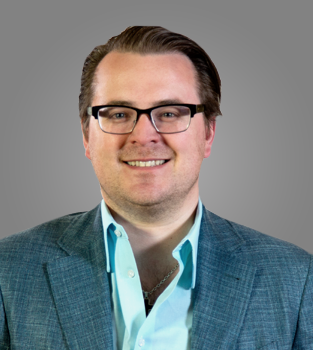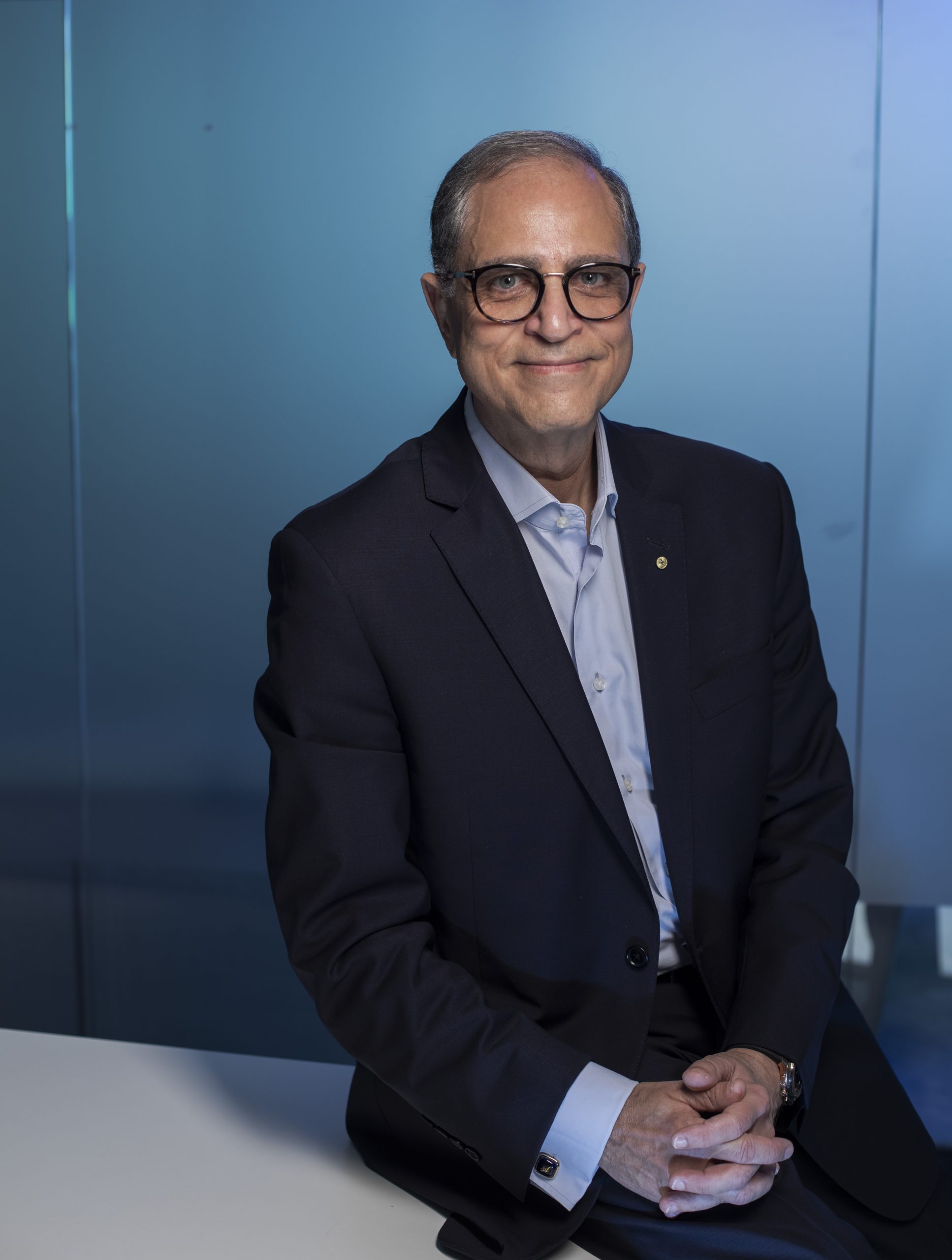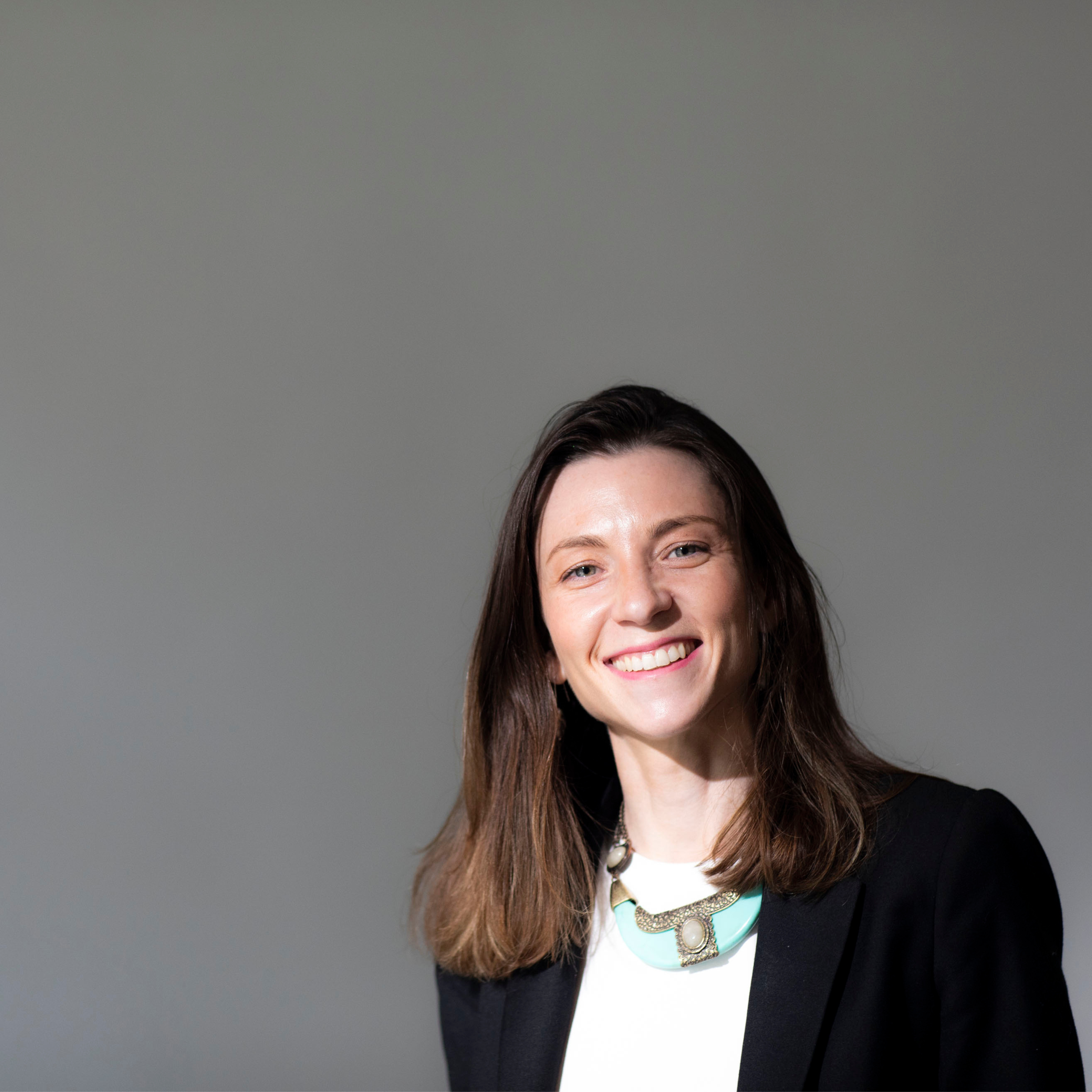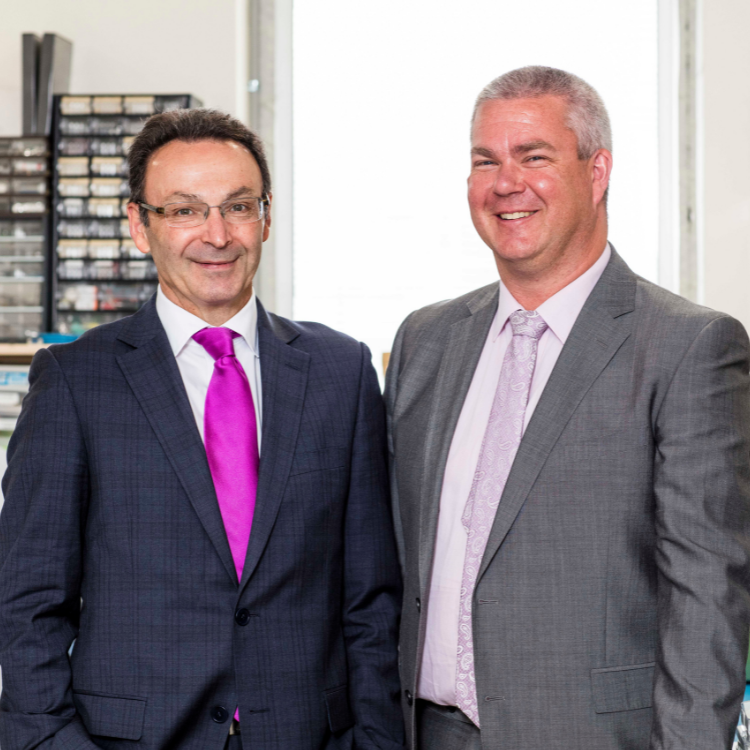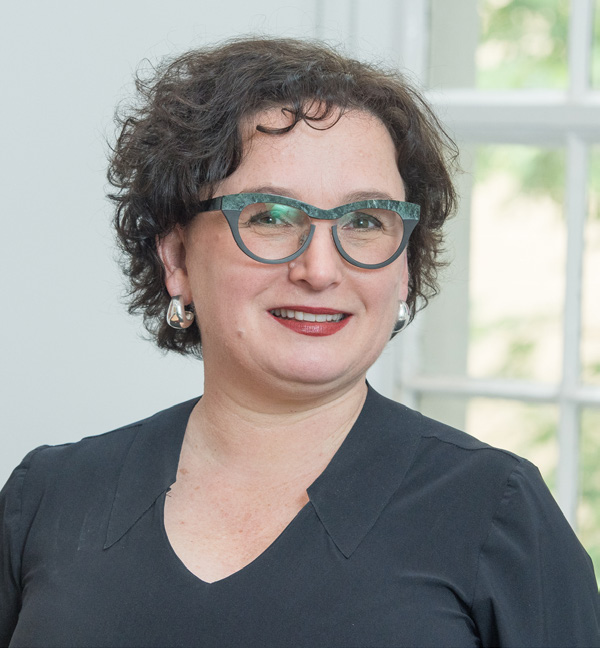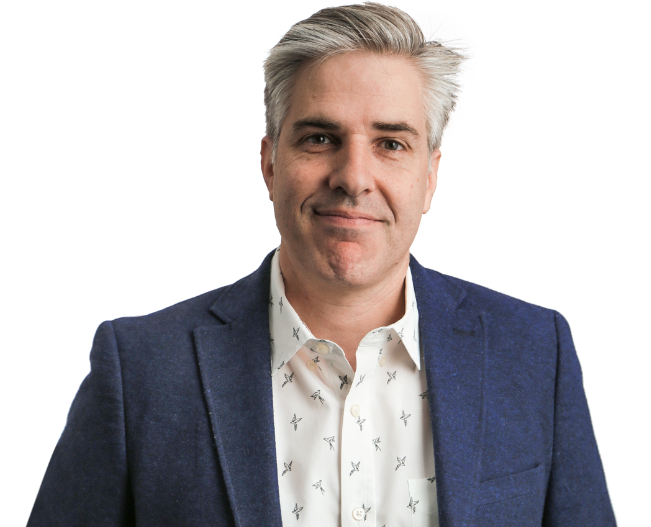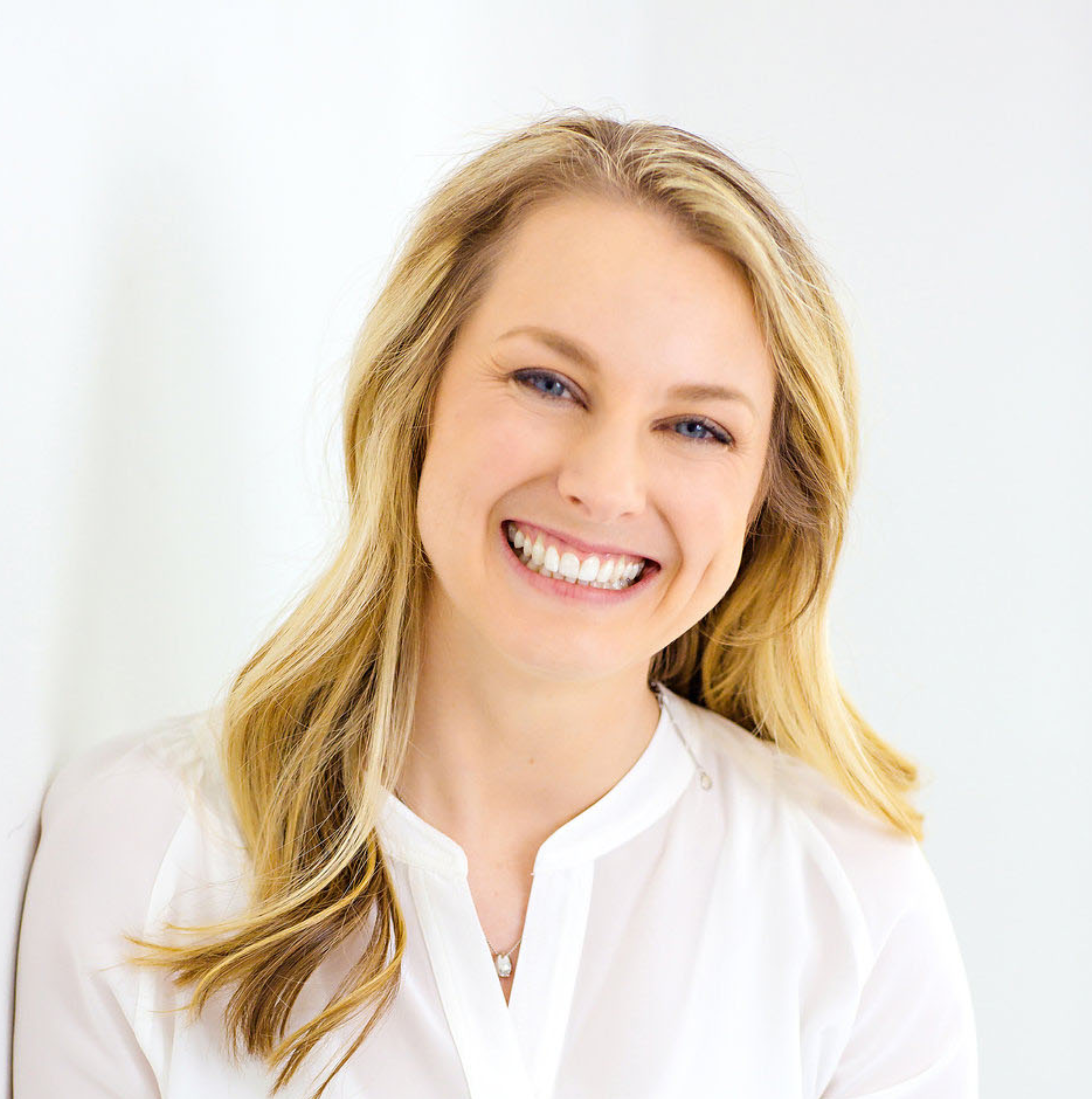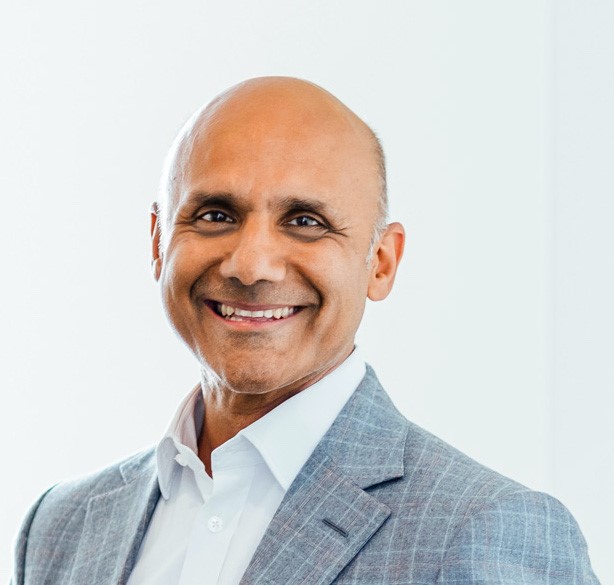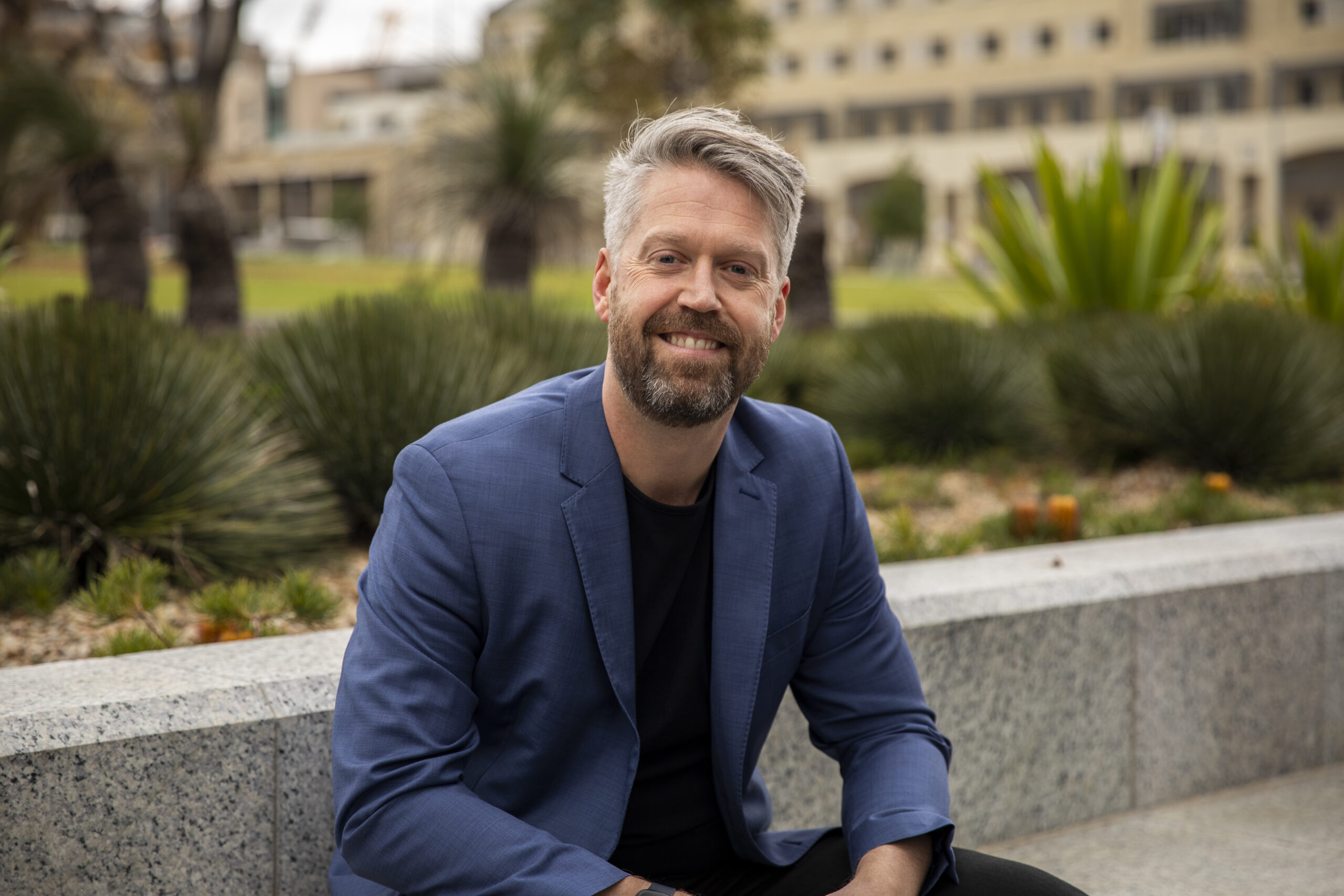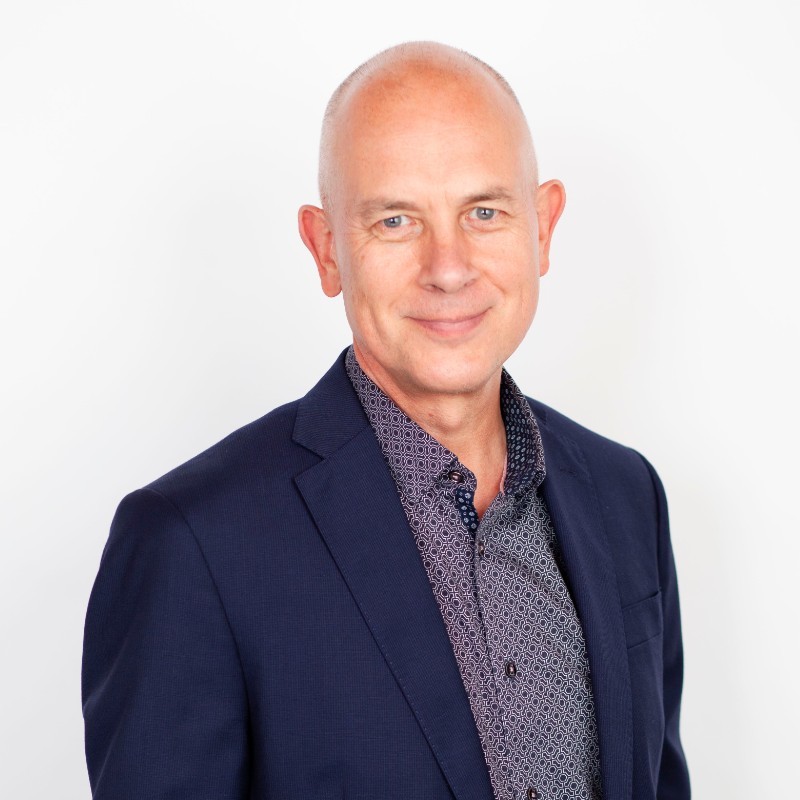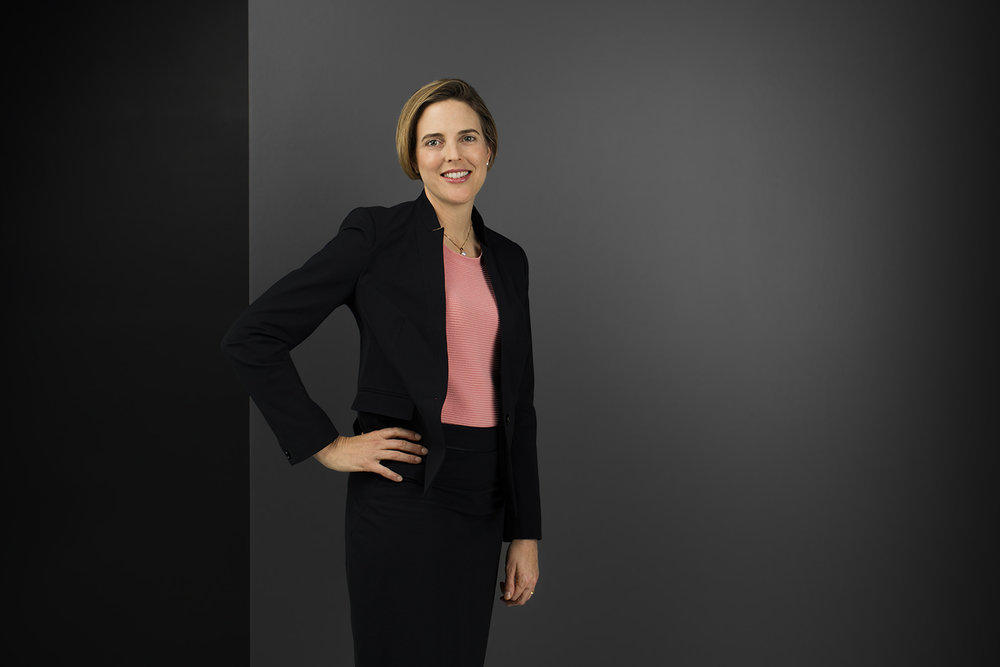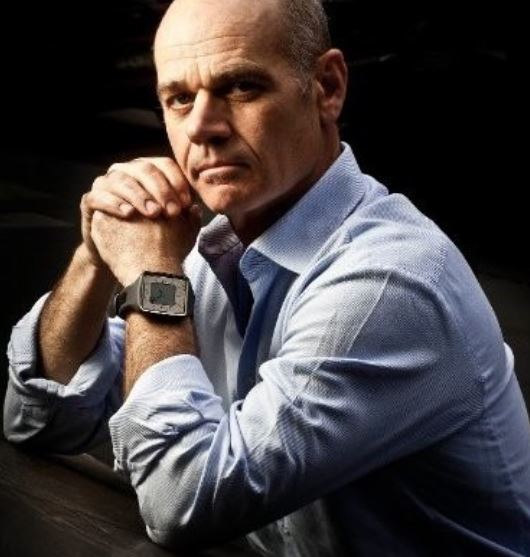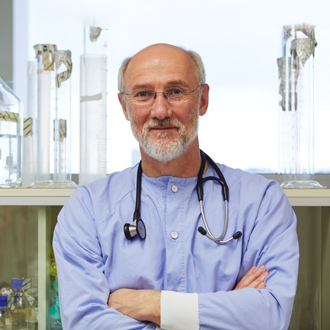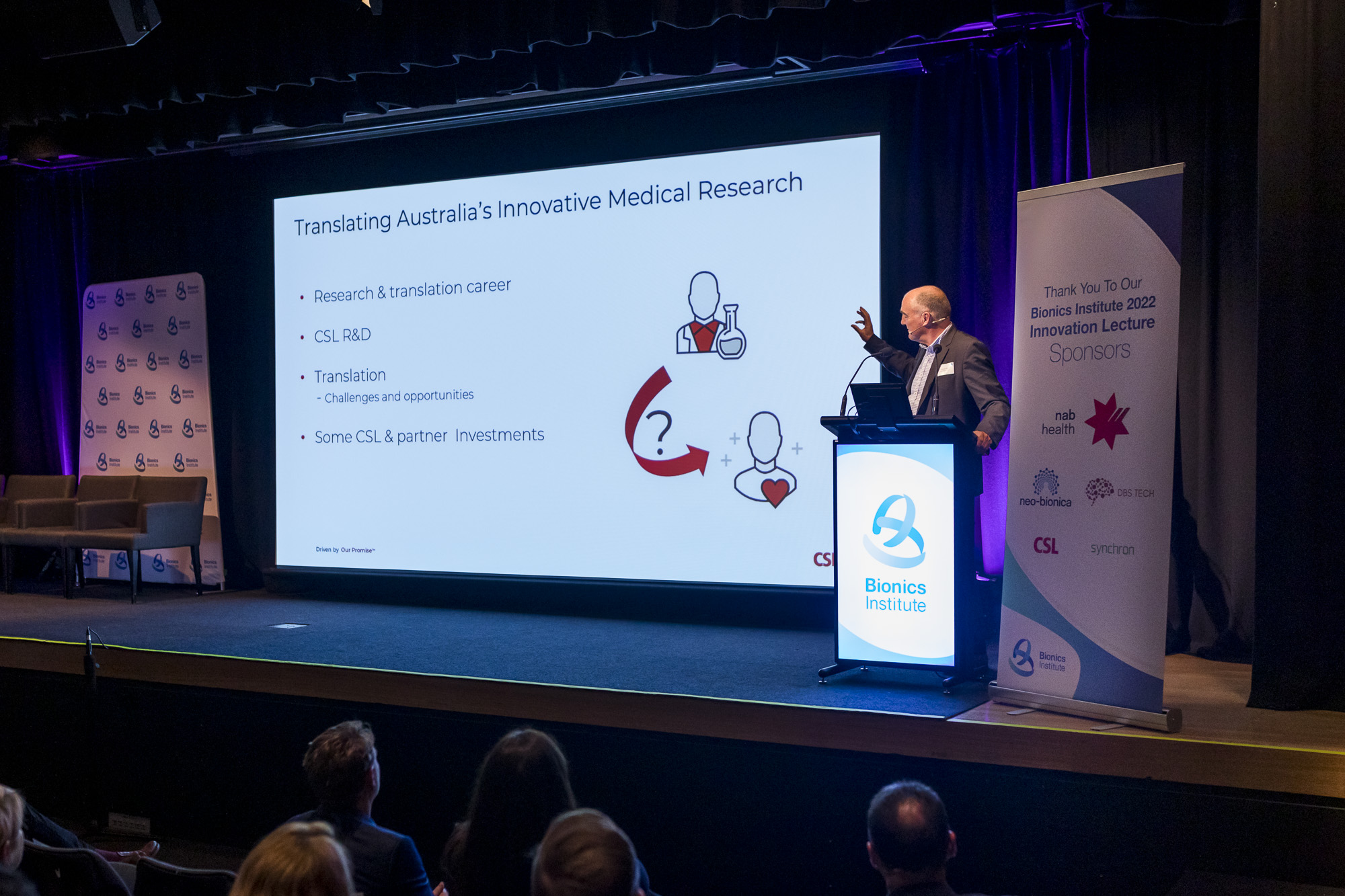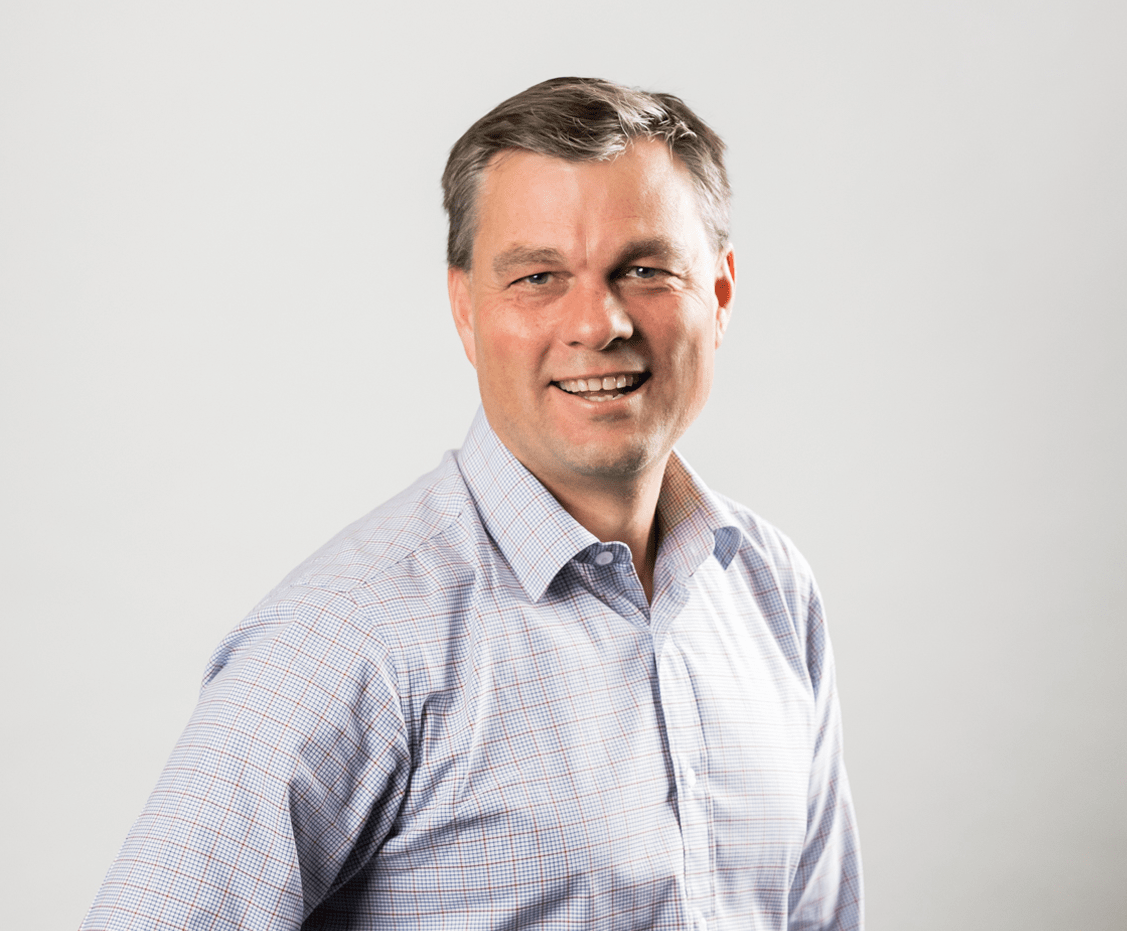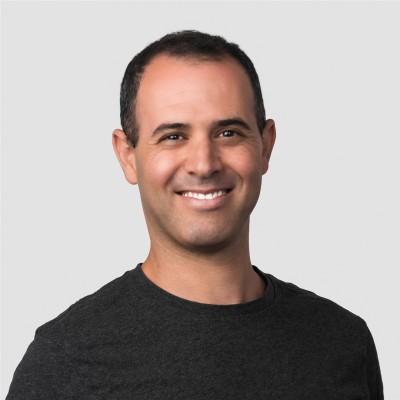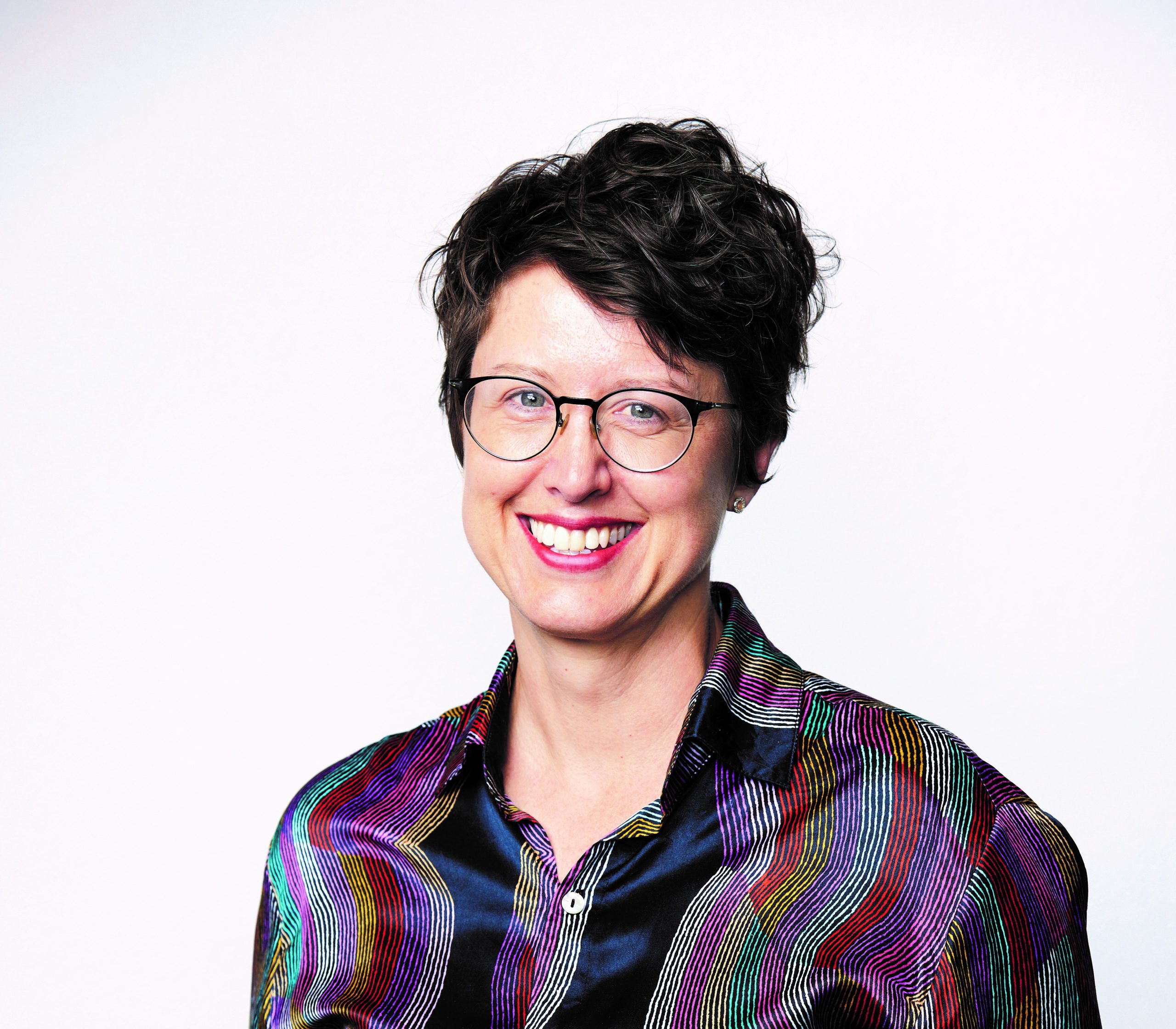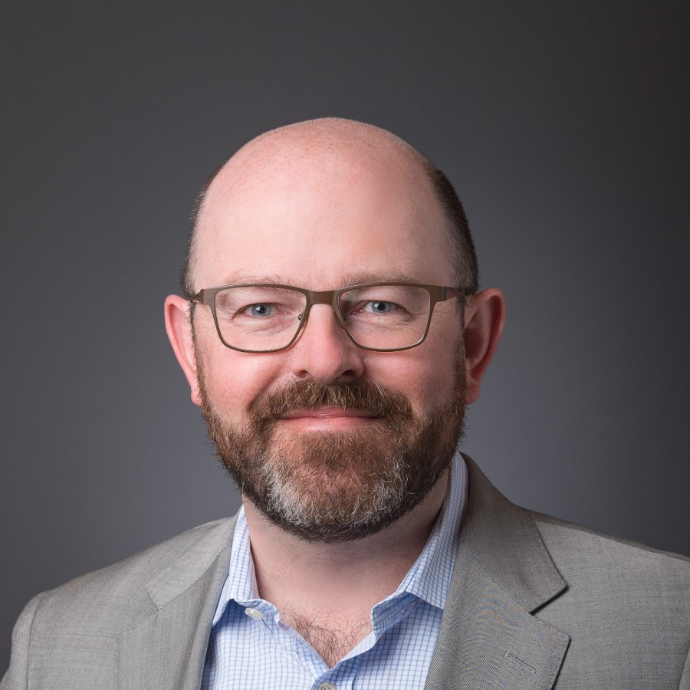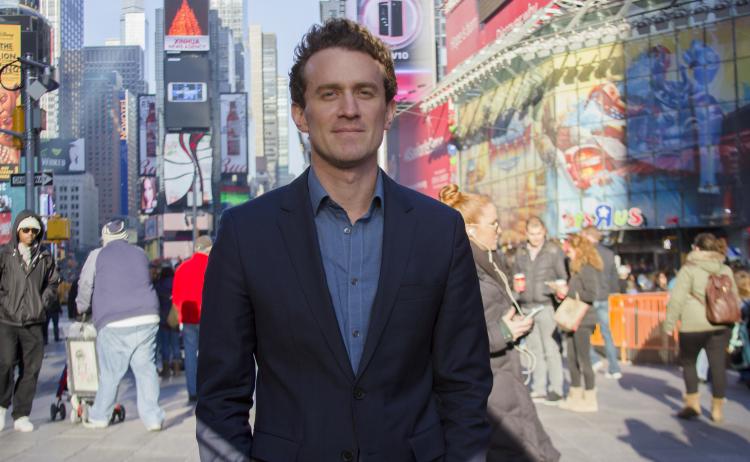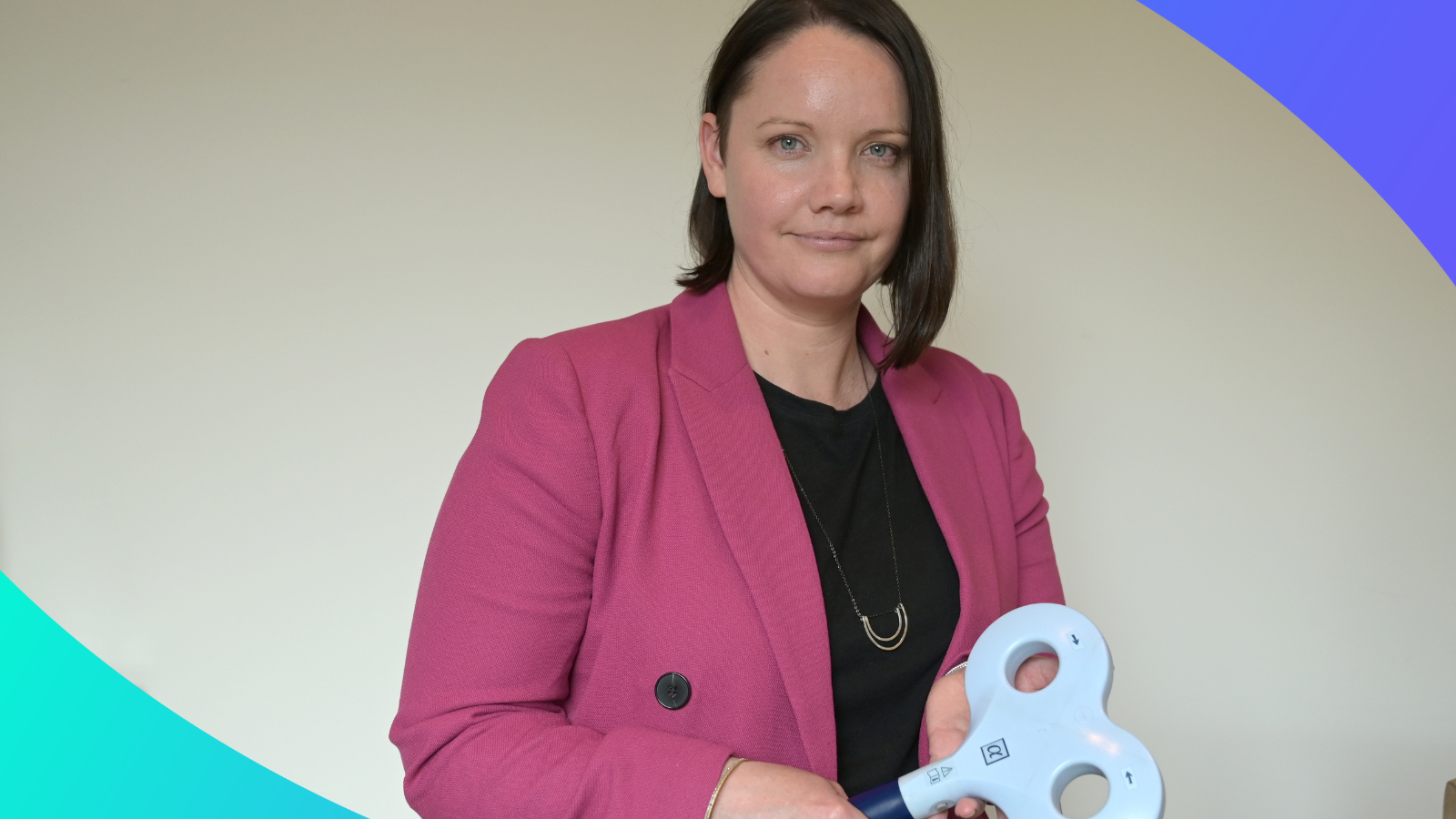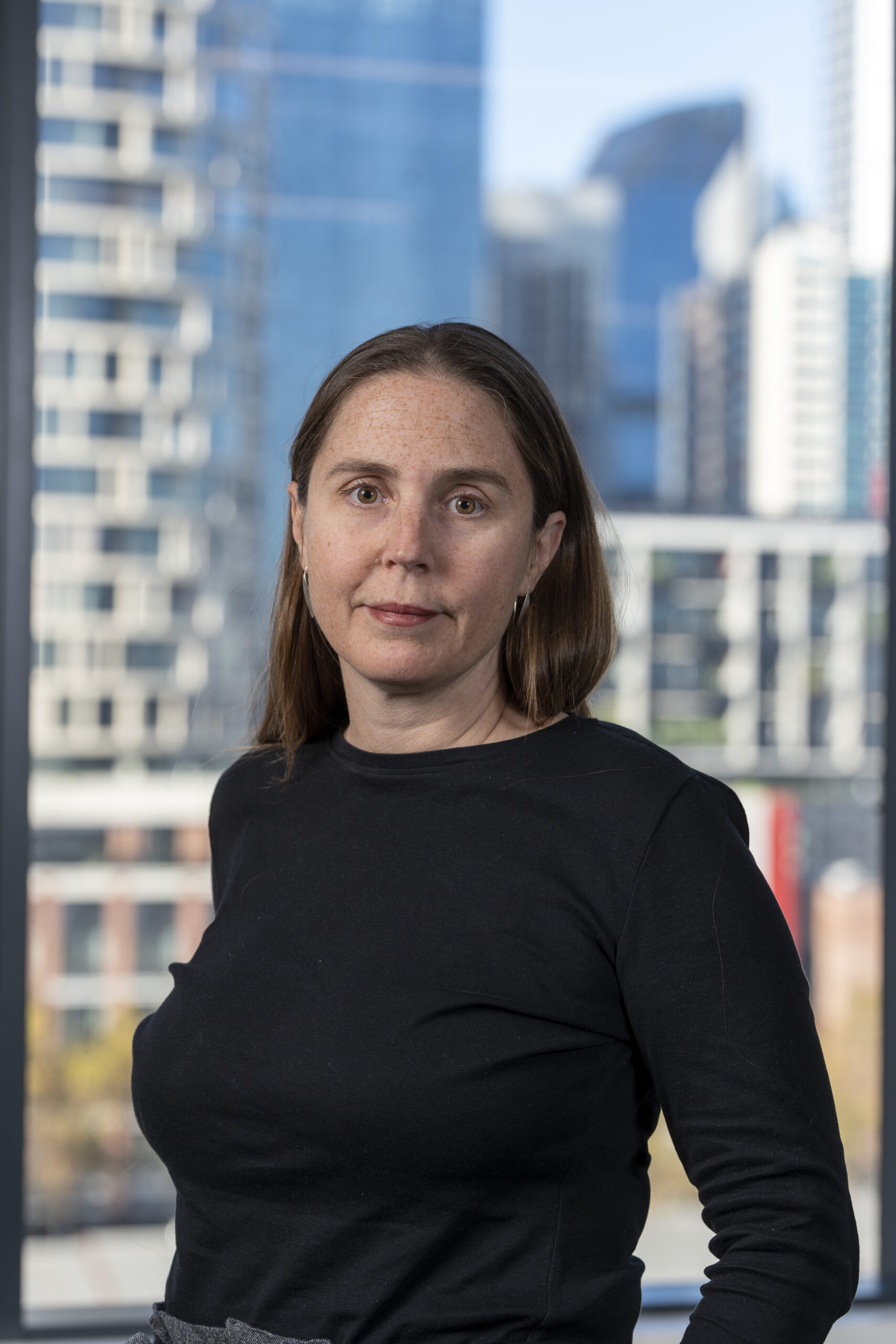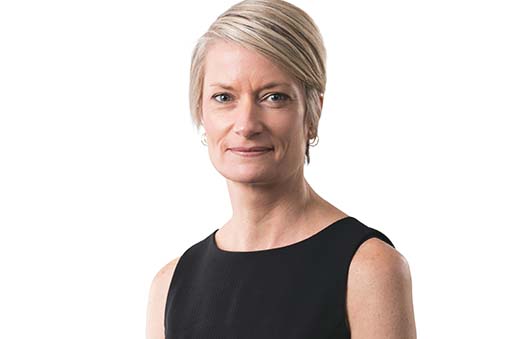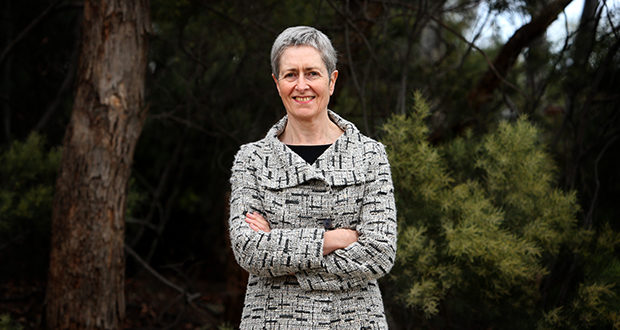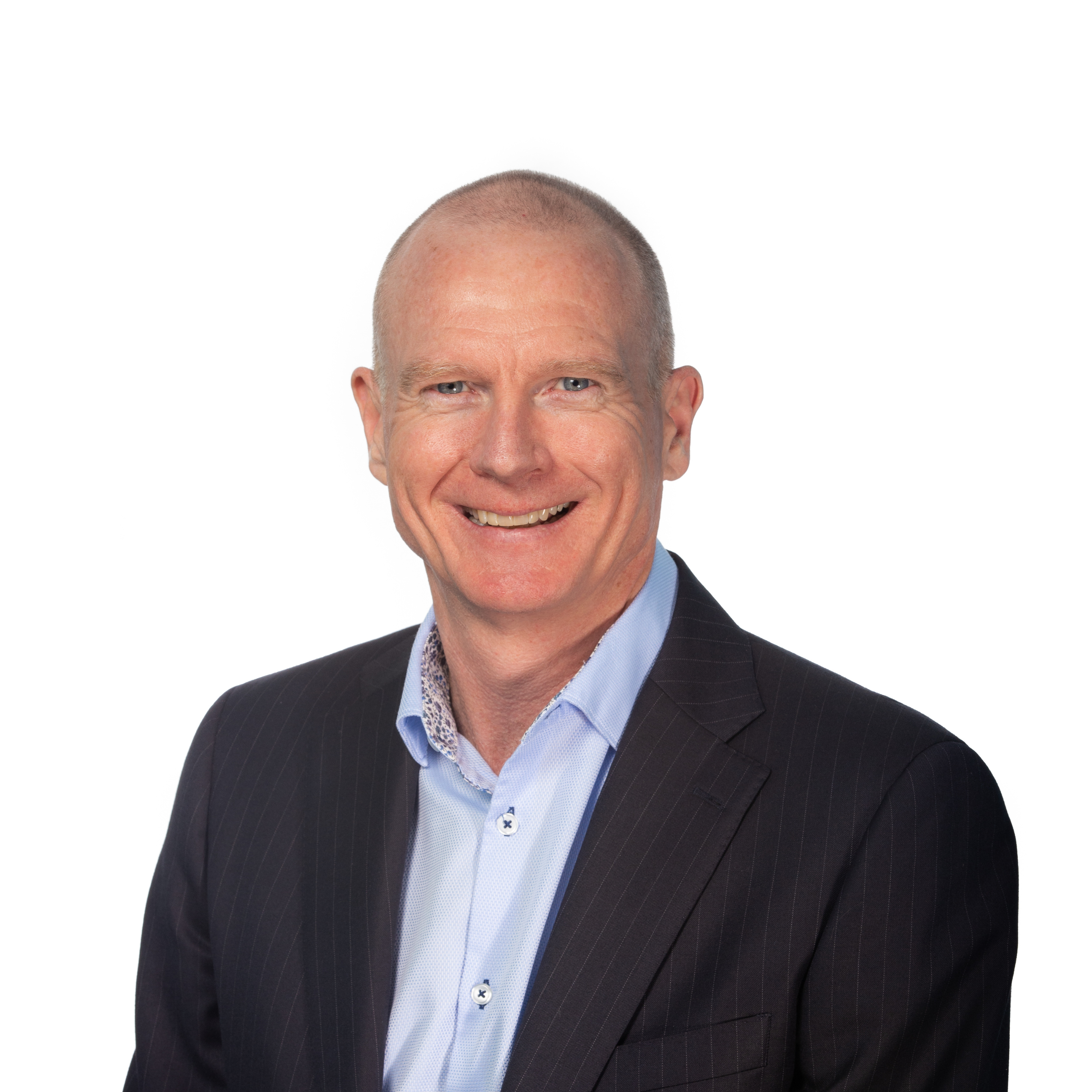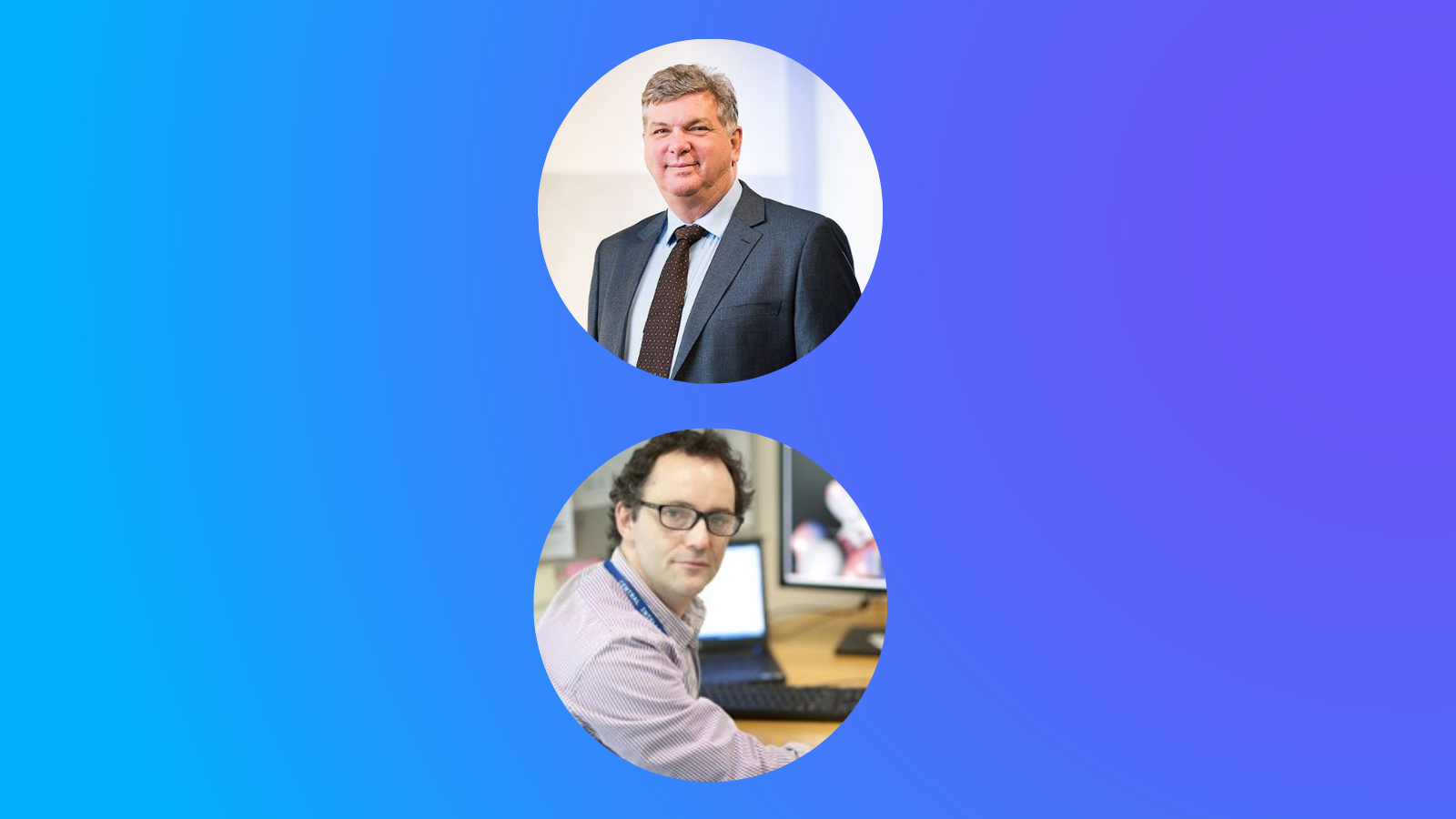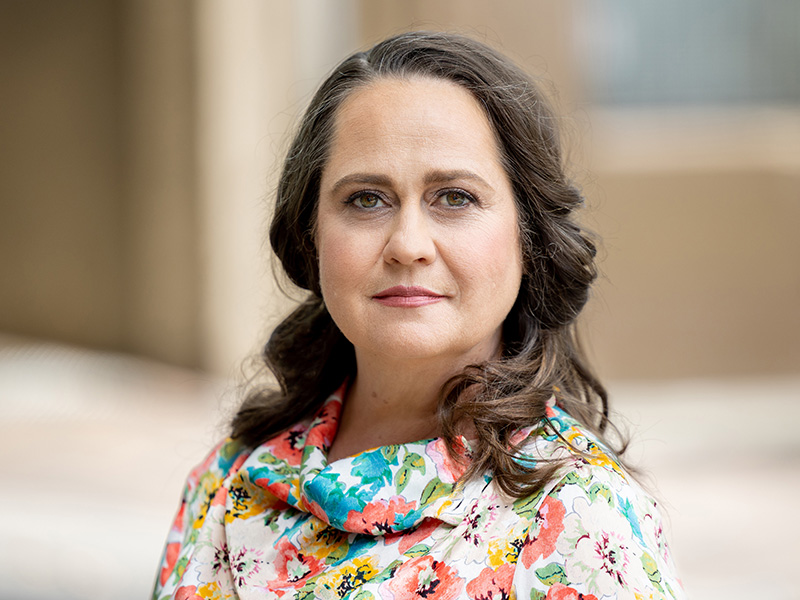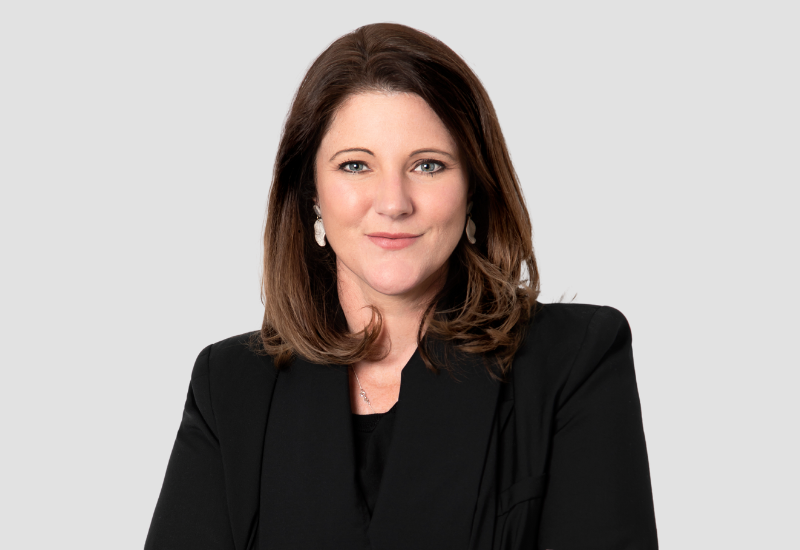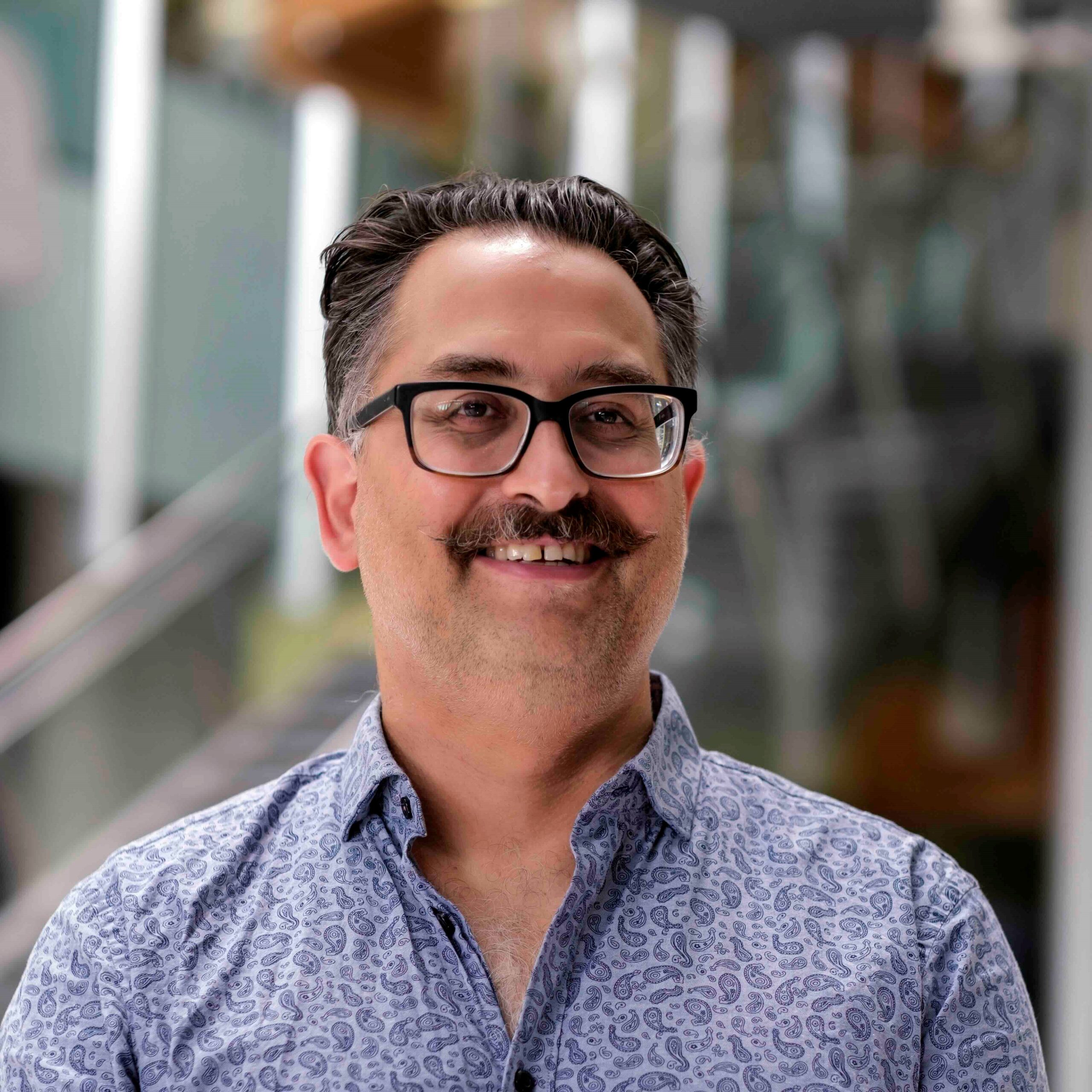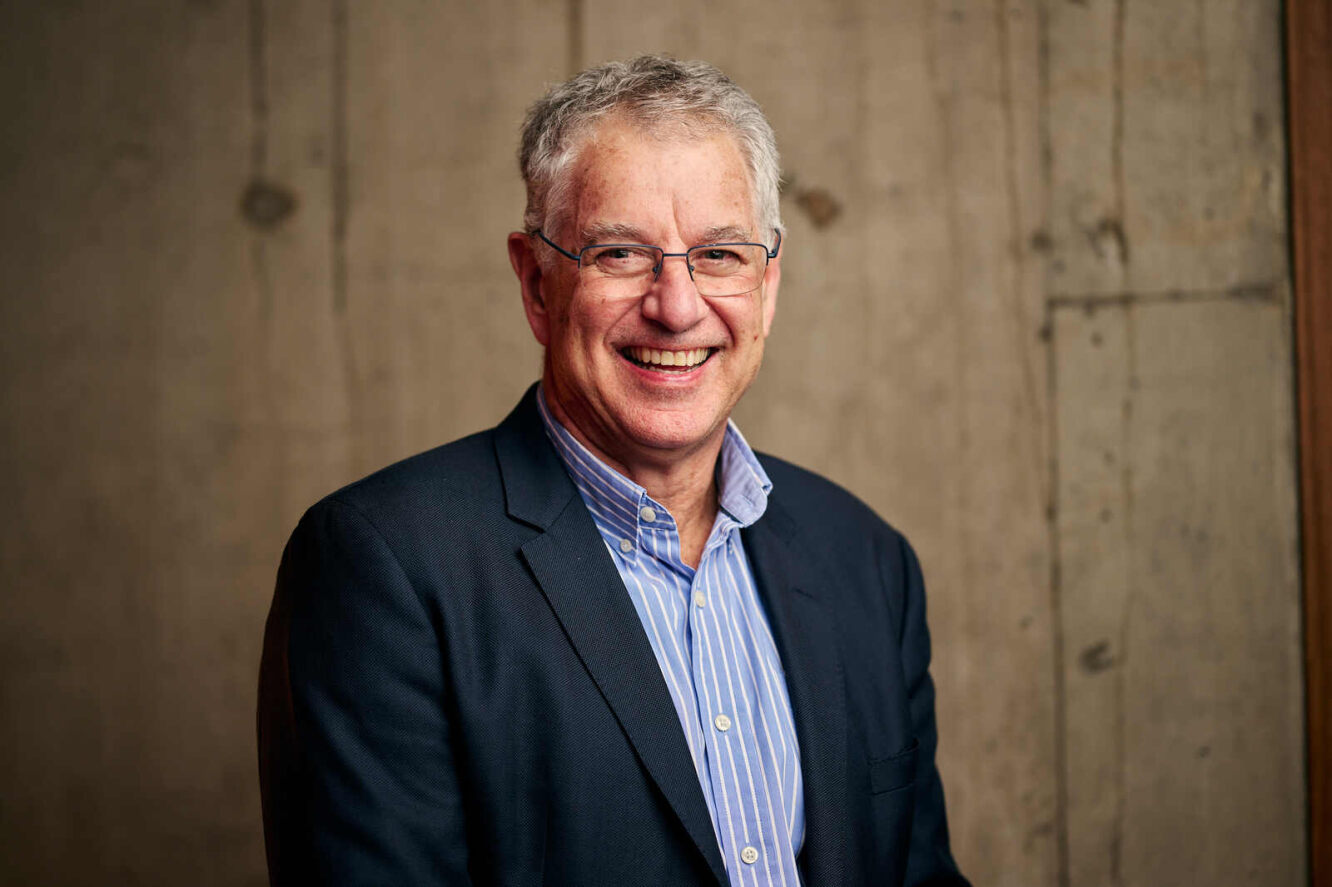Med Tech Talks
Cochlear implants and the future of AI with Professor James Fallon
As Chief Technology Officer and Head of Research Operations, James leads a broad range of research, including development of an innovative device that stimulates the vagus nerve to improve the lives of people with rheumatoid arthritis and Crohn’s disease.
We find out about James’ path from PhD student at the Bionics Institute to becoming a leading professor in bioengineering, and what he believes Australia can do to build greater innovation.
Robert talks with Bionics Institute’s Chief Technology Officer and Head of Research Operations about the exciting innovations at the Bionics institute that build on the legacy of the cochlear implant including of vagus nerve device. We also chat about Professor Fallon’s path to becoming a leading professor of med tech as well as what he believes Australia can do to build greater innovation.
In this episode you will hear about:
Take a look at the Bionics Institute website to find out more about our research into autoimmune and chronic conditions, and conditions affecting the brain, hearing and vision: Our Research | Bionics Institute
Professor James Fallon [00:01:44] Thank you, Robert.
Robert Klupacs [00:01:45] James, it would be great if you could just give us a short history of what led you to your current role.
Professor James Fallon [00:01:51] Sure Robert. So I often describe my career as a path of least resistance. I’ve never really known what I wanted to do when I’ve grown up, so I think I’m still kind of young at heart by that nature. I was the classic, you know, pretty decent at school. You know, I did pretty well in math, physics, that kind of stuff. Thought about medicine and decided probably really wasn’t for me and then kind of landed in engineering and science because it seemed like a reasonable place to be. I then got to near the end of my undergraduate time and thought I should, you know, maybe think about a job and help my friends who writing their CV’s and stuff. And that all looked a bit scary to me, honestly. So one of my supervisors said, Have you thought about doing a Ph.D.? And I said, What? And I said, Oh, look, if you fill in the form, you can stay at uni for a few more years and just do some research and stuff. So that sounded pretty cool to me. So I did that, got to know my page day and thought, Right, it’s time for a real job. So I applied to a whole range of jobs found. I didn’t necessarily have many skills that people were after at that time, and so I decided to do a postdoc instead. Basically, I got my first postdoctoral position via a friend, got my second one by the same friend, and then landed here at the Institute some 20 years ago now. And really it’s just been a path of doing things that looked interesting. No real career trajectory. Would I necessarily recommend that to others? Not necessarily, but I think it’s actually worked pretty well for me.
Robert Klupacs [00:03:13] And we’re very thankful that it’s happened. James, so in that time, can you describe some of the medical devices you’ve been involved in developing and some of the things you’ve seen developed over that time?
Professor James Fallon [00:03:22] Certainly, Robert So when I first started here, I started working on cochlear implants, so basically trying to understand how the brain changes in response to a cochlear implant and kind of some of the safety around the cochlear implant. While it would have been out on the market for a decade or two by then end, there was still much to learn and much to improve. Much as there still is. And so cochlear implants are certainly where I cut my teeth. I then was involved in the institute’s move into bionic eyes where, you know, I naively thought, oh, we just move the stimulator around a bit from the ear to the I mean, clearly was little more complex than that, but again, I think we’ve made some nice strides in that. And more recently we’ve taken some of those kind of technologies and tricks and techniques we’ve learned from those kind of devices and moved them to other areas, in particular deep brain stimulation, which is where we can stimulate deep within somebody’s brain to help with a range of conditions, including things like Parkinson’s disease. And one of the things we kind of took from the cochlear implant field is the need to be able to record activity while we stimulate so we can really tell what’s going on and really help fine tune that stimulation and also help busy clinicians kind of get these things, programed up and running as fast as they can to help patients. More recently, we’ve gone below the neck and we’ve started attacking the peripheral nervous system, trying to see where we can put electrodes around the body to help in a range of conditions from inflammatory bowel disease through to things like urinary incontinence. So the kind of quip I give people nowadays, Robert, is if there’s somewhere I can put an electrode and steam light a recorder, it’s going to help someone. That that’s the kind of area I’m interested in.
Robert Klupacs [00:04:54] Cool. So when that area of peripheral nervous system, one of the major nerves that we’re involved with here is the vagus nerve. Can you tell us a bit about the vagal nerve system, what you’re doing and where you think that’s going to lead for disease amelioration?
Professor James Fallon [00:05:09] Sure thing, Robert. So the vagus nerve is sometimes described as the superhighway of the body, connects the brain with the gut and pretty much every organ in between. However, it’s one of those nerves you don’t actually ever really know what it’s doing because it’s one of those nerves that is not part of your kind of conscious perception. So the thing that keeps you alive and all your body organs functioning well, so if it goes wrong, you know about it, but otherwise you really don’t know what it’s doing. So we actually first got involved in this with collaborators from the Florey Institute, at university Melbourne, when, believe it or not those people that bought you the internet and smart drone bombs put out a call worldwide to say, look, we’ve got a whole bunch of our returned service people coming back from conflicts overseas and one of the things they’re really suffering from is inflammatory bowel disease. At the time, I had no idea what inflammatory bowel disease was, so, you know, we hooked up with that with experts at the Florey, experts out of the Austin and looked at the problem. And we looked at the research and saw that people estimating the vagus nerve in the neck or what we call the cervical vagus nerve to a reasonable effect to try and treat things like inflammatory bowel disease because the vagus nerve is involved in the anti anti-inflammatory reflex response. And so we thought that was great. But there’s a slight problem stimulating in the level the Vagus nerve of the neck. If you get it wrong, you can actually slow people’s breathing, slow people’s heart rates. In fact, if you do it really wrong, you can actually stop them breathing or stop the heart altogether, which seemed like a pretty bad side effect for trying to treat some of these inflammatory bowel disease. So we had to look at it and thought, well, why don’t we go down the nerve closer to where they’ve got is that we’re trying to kind of stop being inflamed. Also the diaphragm. So we can we can easily put an electrode there. We talk to our surgical colleagues and they said, yeah, we can get that. That’s easy. It’s actually the nerve where we used to cut it all the time to treat people’s ulcers. So we’re happy to put things down in there , Oh, that’s great. I thought, Oh, we’ve actually just given ourselves a problem if we stimulate that nerve there. I’ve got no idea when it’s working or not. The patient can’t tell us they can feel it. If we stimulate in the neck. They say, Oh, you know, I can feel that. Or their voice will go a bit. Also things like that. But down there they don’t know we’re even doing it. So we had this problem to fix. And how do we fix that problem? Again, we used that kind of experience from things like the cochlear implants where we could stimulate and record from the same electrode and we could tell we were actually activating the vagus nerve. So we took that through our early pre-clinical trials, showed it worked, showed it was safe and that that that device now stage ready for clinical trials out of the Austin Hospital. Unfortunately we just missed the boat in terms of getting it out before the COVID pandemic hit. So it’s been stage ready to go for the last year or two, but we’re very hopeful those trials are going to start very soon. And to be honest, that’s actually opened up a whole new range of research for us. But, you know, we looked at that vagus nerve and going, well, actually invades a whole bunch of other stuff. So some of the young, more enthusiastic researchers around the institute have started using that same kind of technology for rheumatoid arthritis.
Robert Klupacs [00:08:13] It’s pretty exciting stuff. now, James, we’ve got a few quite a few questions for you today. But there was one that my colleagues here at the institute specifically asked me to ask you, which is, what’s the relationship between you and Jimmy Fallon?
Professor James Fallon [00:08:26] None. But it is amazing that I was James Fallon for many, many years whenever I went to the States and instantly I became Jimmy Fallon. And I pointed out that was not my name. And sadly, if you Google James Fallon, at least the last time I did it, I don’t do it very often. You get Jimmy Fallon, the Jimmy Fallon, and if you narrow it to James Fallon, neuroscientist, you actually get someone who’s a self-declared psychopath based in California. So I’m a third on the list. I’m happy to be third on the list. I don’t need to be those first two.
Robert Klupacs [00:08:57] Well, thank you. I’m sure your colleagues will be very happy to hear that. So, you’re known around the institute as a mentor to just about everybody. You’re trying to turn everyone to wearing shorts just like you. But for you, who’s your mentor and who are the others that you’ve learned from in the field over the last few years?
Professor James Fallon [00:09:15] Oh, look, Robert, I think I learn from everyone. Clearly, the previous director of the institute, Rob Shepherd, had a big influence on my career. He was my boss and mentor and friend, I would say, for 15 years. So a very large impact on my career. But actually, I really actually think everyone can be a mentor. Everyone can have a role. I’m always a big fan of listening to everyone, getting great input from anyone and everyone. Some people think I give them great input. Some people don’t, and that’s fine. We all have our different opinions, but I actually think everyone can be a mentor and I think that’s really the thing I look for is who’s got something interesting to say and is a nice person to work with. I will listen to them and talk with them and take what I can from them in terms of my career.
Robert Klupacs [00:09:58] Well, fantastic. So you made a big impact with a lot of people here, so thank you for that. So right now, you’ve been watching this for 20 years. You know, I’ve heard the government talk about building a med tech industry. And here’s what we’re going to do from your perspective, what do you think the biggest opportunities in med tech and what do you think the biggest threat is for a development of an industry in Australia?
Professor James Fallon [00:10:18] So I think the biggest opportunity in some ways maybe the biggest threat as well is artificial intelligence. I mean, it seems to be an all pervasive thing that’s entering our world on many, many levels from, you know, my phone that will tell me what’s going on to, you know, walking down the street. If you believe some of the press, it’s behind it. Every camera you see looking at your face, telling you if you’re happy or sad. But actually what artificial intelligence is really good at is extracting information from really complex data. That’s where it really excels. And the medical field is full of complex data sets that that clearly involve, that contain information that’s really important. I mean, one of the good examples I often think about is, you know, those dogs that can sniff out cancer. You know, you and I theoretically have that same sense of smell, but we can’t make any sense of that pattern of activity. You know, the dog does it almost for free, but what is it using? It’s using a neural network. What’s artificial intelligence?, just artificial neural networks. So I think that’s actually where one of the big boons could come. However, I think it’s one of those things where some people think that’s the tool that’s going to solve every single problem. And it’s not. It’s just another one of the tools we have. So I think we have to be sensible about how we deploy that tool. The other threat I often think about is the fact that we actually tend to be a little bit afraid to fail. We tend to be a little bit afraid to take a big swing, taking a big problem and kind of tackle it hard. And if that project fails, that’s okay. You know, it’s not a failure of the person, its a failure of the project, and that’s fine. And the more we do that, the more we’ll be able to get our devices out there, help more people if they work, right. If they don’t work, that’s okay. There’s plenty more problems to solve. There’s plenty more good ideas to come.
Robert Klupacs [00:11:55] It’s a great segway because one of my next questions for you as a guy who’s been involved in the field for a long time. What’s your definition of innovation? Because, I mean, we had this argument here with others all the time, but what’s your definition of innovation?
Professor James Fallon [00:12:08] Look, to me that that I’m going to take your question and answer it slightly differently. The thing when I think innovation and what I actually think about is taking something that’s kind of old school in one field and deploying it into a new area. That way it’s got a proven track record. You know, it works. And if you can take that that one piece of knowledge from one spice and put it into a new field, that’s where magic happens. And again, I’ll go back to that vagus nerve stimulation device I was talking about. To me, the big innovation there was going, actually, let’s move our side of stimulation towards the end organ. Where did that come from? It came from a mix of engineers, surgeons, clinicians, experts in inflammation, getting together and having a conversation. And once they had done that, and that’s where the innovation came. So the innovation comes at the boundaries and at the gaps, I think.
Robert Klupacs [00:12:56] So what innovations have you seen in the last 20 years and who are the innovators that you’ve come across that really inspire you?
Professor James Fallon [00:13:03] Look, the innovators who are out there, probably I don’t even know them. They’re probably in a favorite line in the lab, hopefully our own labs, but no doubt in a lab somewhere. The innovations that have that have inspired me are those technologies that have actually taken a big swing and done something really interesting. Those people are not afraid to play at the edges. They see a problem in that tackling. I mean, I think the centroid an innovation we’re pretty proud of here in Melbourne is one of those where that that’s a that’s a device that maybe you thought shouldn’t have worked, couldn’t have, which should never been tried. But actually it’s worked pretty well. And when you think about what did somebody in this building 30 plus years ago do? Graeme Clark, pretty much the same kind of thing. Took an idea that no one really believed in, backed himself, got a good team together around that and then, you know, worked single mindedly on that problem. And I think that’s where the really big innovation comes from. As I said, I hope there’s actually little innovation all the time going on. And it’s those little innovations that add up that I think actually become a big innovation in the end.
Robert Klupacs [00:14:01] Yeah, it’s a great place to be innovation, mind you. We never know we’ve got it till sometimes it’s happened.
Professor James Fallon [00:14:07] Now we don’t. And I think that’s one of the things and actually always being open to, you know, you never know when somebody’s going to have the good idea. And that’s why one of the best things I like about actually the work we do is that we get to have those conversations with really bright people and really fun people. And often it’s just when you’re talking nonsense, you know, enjoying a coffee out, out in the park or something like that. When somebody comes up with that little spark, that little idea that then turns into the next big project.
Robert Klupacs [00:14:32] So if you, you know, back with your mentoring role, you’re now talking to year 12 students all across the country here. And they look at you and say, I want to be like James Fallon. What do you think they should do? Should they be engineers? Should I be scientists? Should they just allow themselves to be creative? What should I do, James?
Professor James Fallon [00:14:48] That so that the other the other part of my career I didn’t really touch on was I stick my finger in a lot of pies, is the way I describe it. So always be open to opportunities. I’ve had several people come it to me. How can you be involved in so many projects? And it’s like because they’re all really interesting and fun and nobody’s told me I’m not allowed to. Say, if somebody tells me I’m not allowed to, maybe I’ll stop, maybe I won’t stop. But I think that’s the key. That’s the message I’d give of the year 12 teens out there is do things you enjoy and do with people you find fun and good things will come. You know, if you’d asked me when I was 18, why would I be doing what I’m doing now? Not a chance. I didn’t even know this field existed, if we’re honest. But you know what? By doing fun things with interesting people, tackling kind of difficult problems, that that’s where I’ve gotten where I am. And I think that’s true for anyone. If you just follow the things you enjoy doing and do it with fun people, then you’ll end up actually having a great impact on society.
Robert Klupacs [00:15:44] So just a follow up to that. So that to me sounds so sensible and logical and you’ve got to take a bit of a risk. But what does Australia need to do to foster that spirit of innovation and more so take innovation, turn it into something, do you think?
Professor James Fallon [00:15:58] Look, I think I think it is that risk appetite that you just briefly mentioned there that I think that’s the real key that we are. I think we’re a little bit of a little bit afraid to fail. We are a bit afraid that, you know, we’ll start a project and it won’t immediately work. And I think that’s the thing we really need to work on as a society. We often remain where we are world record leaders in producing good ideas, but we’re actually pretty poor at translating them through to an actual impact. And actually, if you have a great idea and it doesn’t help anyone, did you really have the good idea? I mean, that’s the way I often think about it. So it’s actually getting that good idea out and through into the world is what we need to work more on. So that’s taking those really good ideas those people have, linking those people who’ve had those good ideas up with the other people who can help take that along the pathway. So it’s the commercialization people, it’s the regulatory people, it’s the whole kind of ecosystem that we need to improve to get those really good ideas from, from the lab benches actually out into the wild where they can actually help people.
obert Klupacs [00:16:57] Fantastic. So now you’re you head of a department at university or head of research here at Bionics Institute. What a difference between university and a place like ours.
Professor James Fallon [00:17:08] So I’ve got a dot org speech that I can give you, part of which is the institute is a dot org and proudly so. And what do I mean by that? I mean, we’re not a dot edu. We’re not an educational facility. We don’t teach undergraduates. We we teach and work with research high degree students. And we don’t do basic research. Basic research is incredibly important and university is a fantastic place to do that. And if I ever have a researcher come here who’s passionate about basic research, I work really hard to get them a position at a university because that’s where they should be working. Were not a dot.com. We’re not a commercial company. We will never sell, in my opinion, never sell device direct to a clinic. But we are the dot org, we are the interface between the two. Some people talk about it as a valley of death. It’s when the good idea comes out of the edu and doesn’t quite make it into the dot.com. I think it could be the valley of opportunity, and that’s what I like to think about it as if we can get one or two good ideas from the dot edu to the dot com will make a huge impact on people. And the more we do it, the more other people will see how it’s done and will follow us over. So that to me is the big difference between being the head of a research institute and being a head of department is I’m very focused on getting devices out into the wild and helping people.
Robert Klupacs [00:18:22] Yeah, well, I think you’ve almost answered my next question, which was you’ve been in the role now for five years. You’ve made it your own. But in ten years time, when you look back, what do you want to have achieved?
Professor James Fallon [00:18:34] I want to had a good time at number one, two and three is I want to I’ve enjoyed my time working here, which I’m sure I will, because we fill the place, the good people. Along the way, I’m sure we will also have produced a whole bunch of interesting papers and publish that. And that’s nice, but that’s not actually why we’re all here. We’re actually here to get devices out there into people, to help people. I’ll take you back to what I said a little bit earlier. If I can put an electrode somewhere and stimulate it, record and help someone, that’s what I want to do. If I can do that to lots and lots of people, then I will have done my job and I’ll be very happy. And if I have fun along the way, then it’s a win win win.
Robert Klupacs [00:19:08] Fantastic. James, as you know, we work closely together. We spend just about every day together for you running this place, this great place. And we’ve got a legacy that we’re building over Graham Clark. And we don’t often get time to talk just like this. So it’s been fun. It’s been a real pleasure. And I think I thank you on behalf of your colleagues for everything you’re doing for the Institute. So thanks a lot and it’s great to hear from you today. For the listeners, this is the first of hopefully we think many podcasts with other innovators in the Australian med tech setting. We look forward to introducing you to some very interesting James Fallon type people in the future and there will be links to everything we’ve talked about in the show notes and we look forward to welcoming you next time. Thanks a lot.
